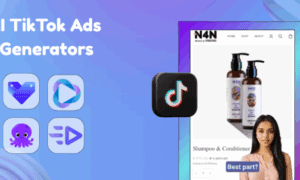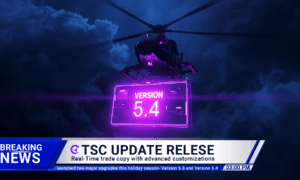A successful business relationship requires all participants to be satisfied. In the video world, participants include video publishers, audiences, advertisers, and host platforms.
With 8k streaming now a reality and video ad spend on the rise, participants have an opportunity to adopt sustainable business models. Advertisers planned to spend 25 percent more on digital video advertising and half reported increases in over-the-top streaming video, according to a 2019 study by International Advertising Bureau (IAB), an industry association. “Video advertising is affected by the motivations and mindsets consumer experiences as they make their content viewing choices throughout the day,” according to the authors.
Video publishers can increase revenue from their content libraries by keeping viewers happy. That sounds simple enough. But a lake can have plenty of fish and they can swim elsewhere and elude a catch.
Showing relevant and customized content
An Israel-based firm is helping publishers improve video monetization amid high growth in video advertising. Primis (which is part of Universal McCann and Interpublic Group) recently launched Primis Next, a machine-learning discovery engine.
The engine grows publisher revenue by (1) keeping audiences satisfied via relevant and/or interesting content (2) customizing suggested clips based on user tastes, and (3) enabling publishers to recommend their own videos (which increases ROI). With Primis Next, viewers who engage with a video get an uninterrupted clip with no ads. And clips that don’t get engagement are auto-skipped.
Hooking the audience
Attention is money: That’s what advertisers pay for. To monetize videos, it’s crucial to keep audiences interested, engaged, and/or entertaining. Ideally, that should happen continually to retain precious attention. Publishers can improve video monetization by putting users first. That can involve analyzing an individual’s engagement patterns and recommending clips based on preferences. Doing so will lead to more satisfied participants of a video ecosystem.
While happy viewers often return to a site or platform, they’re also extremely impatient. Mobile devices and small screens give people an easy way to click something else like Instagram or Twitter (like fish quickly swimming elsewhere). A Microsoft study two decades ago found that people have an attention span of eight seconds or less. The challenge of retaining attention spans has probably worsened today.
Videos account for 60 percent of global internet traffic, according to intelligence firm Sandvine, and 54 percent of consumers want to see more videos from a business they support. These days, a platform typically provides a dashboard that gives publishers real-time data and granular reporting. Decision-makers can tweak their settings and video offerings with the goal of improving KPIs such as average view time, shares, and the number of sessions.
Improving partnerships in an ecosystem
The pandemic recession is obviously keeping people at home. WFH creates opportunities for publishers to capture attention from a much larger crowd, and they may have to offer incentives for partners and platforms to show content libraries.
In Primis’s case, they recently launched a Net15 payment initiative that changes payment terms from net 30 days to net 15. When publishers and vendors get paid faster, they can be inclined to prioritize Primis over other providers.
With so much material on the web, video publishers who execute the right strategies are poised to capture opportunities in the massive shift to multimedia and video content discovery. The industry is transitioning to the smarter discovery of content, and those who can keep audiences happy will enjoy more library consumption and monetization.



































